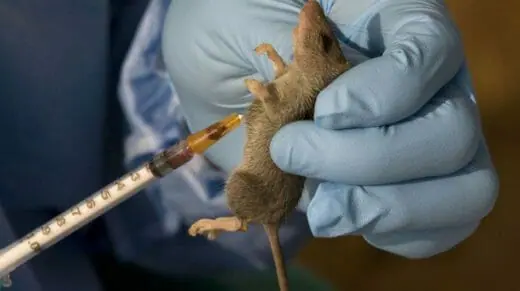
The Nigeria Centre for Disease Control and Prevention (NCDC) has confirmed 145 deaths from Lassa fever so far in 2025, as the country continues to battle an outbreak of the viral hemorrhagic disease across 18 states.
According to the NCDC’s latest situation report for epidemiological week 24 (June 9–15), Nigeria has recorded 766 confirmed cases from 5,678 suspected infections. The current case fatality rate stands at 18.9%, up from 17.6% during the same period in 2024.
Five states—Ondo, Bauchi, Edo, Taraba, and Ebonyi—account for 91% of all confirmed cases, with Ondo State alone contributing 31%, making it the epicenter of the outbreak.
Although new weekly cases have dropped slightly to eight from 11 the previous week, the NCDC expressed concern over the consistently high death rate. It cited late presentation at health facilities, poor health-seeking behavior, and unsanitary living conditions as key drivers.
To curb the spread, the NCDC has deployed rapid response teams to 10 states, intensified risk communication, launched environmental sanitation campaigns, and trained frontline health workers in high-risk areas.
While the agency has scaled down its Incident Management System to alert mode, it continues to integrate Lassa fever awareness into broader health campaigns.
Nigerians are urged to maintain good hygiene, store food properly to prevent rodent contamination, and seek immediate medical care for symptoms such as fever, headache, vomiting, or unusual bleeding.
“The public is also encouraged to follow NCDC advisories and use the toll-free line 6232 for inquiries,” the agency said.
Lassa fever, endemic in Nigeria, is mainly transmitted through contact with the urine or feces of infected rats. It can also spread from person to person through contact with bodily fluids, contaminated surfaces, or medical equipment.




